Optimal Timing for Fire Restorations
Determining the optimal time for fire restorations depends on several factors, including weather conditions, fire seasonality, and property accessibility. Typically, the late spring and early fall are considered ideal periods, as weather tends to be milder and less humid, facilitating effective restoration work.
Fire restorations are often most effective during spring and fall when weather conditions are stable, reducing delays caused by extreme heat or cold.
Dry, mild weather minimizes further damage and allows restoration teams to work efficiently without weather-related interruptions.
Performing restorations outside peak fire seasons can reduce risks and ensure quicker response times for property recovery.
Accessible conditions during moderate weather enable faster mobilization and completion of restoration projects.

Initial evaluation helps determine the extent of damage and the best time to begin restoration.
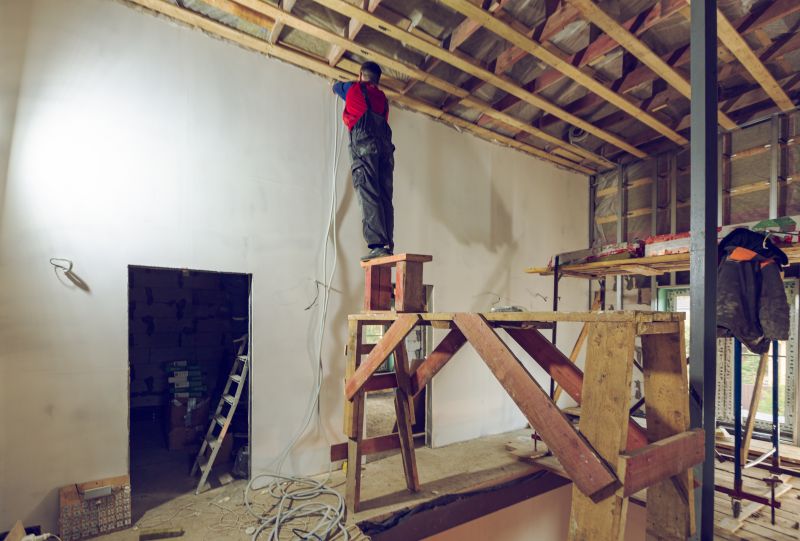
Scheduling during optimal weather ensures a smoother restoration process.
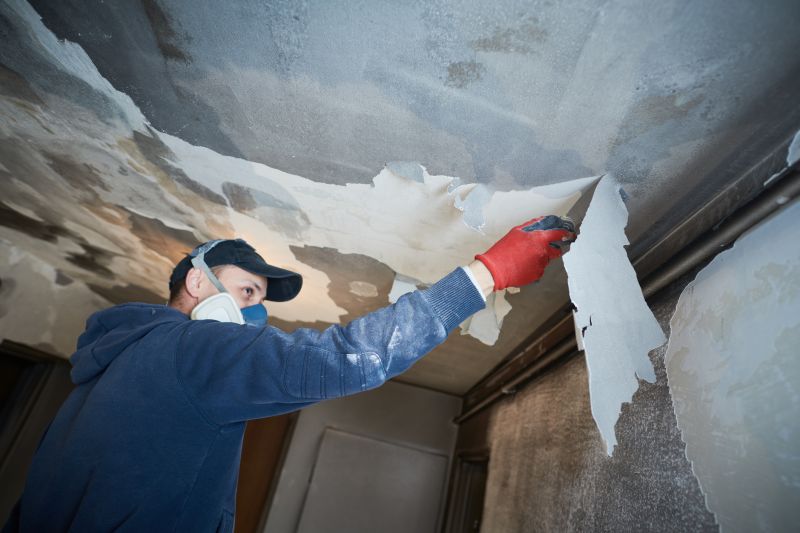
Performed when conditions are dry and mild for safety and efficiency.
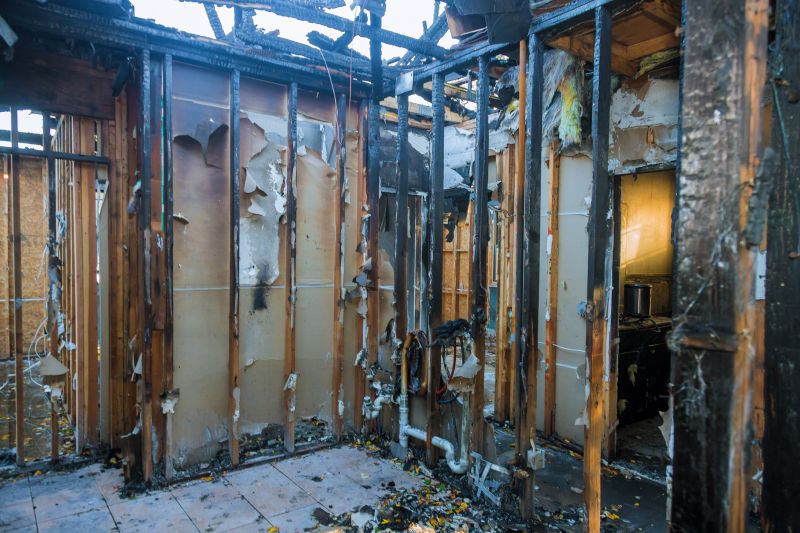
Best done in favorable weather to prevent delays caused by moisture or cold.
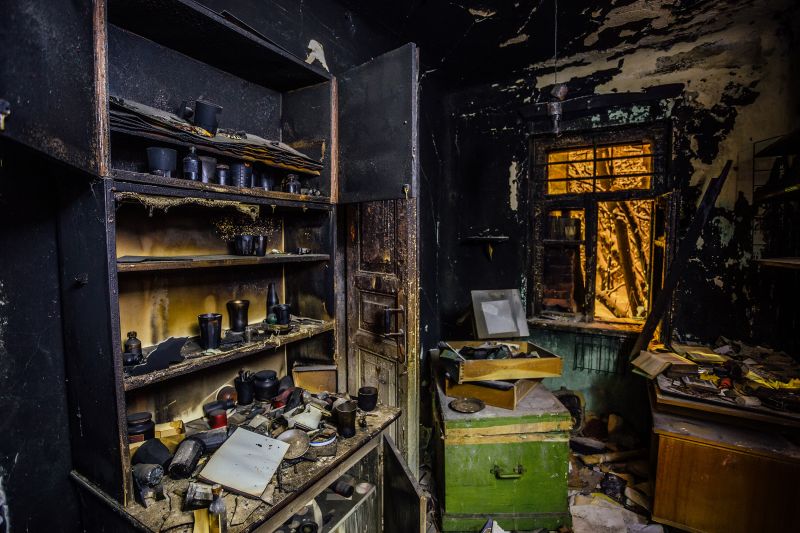
Effective during periods of low humidity for better ventilation.
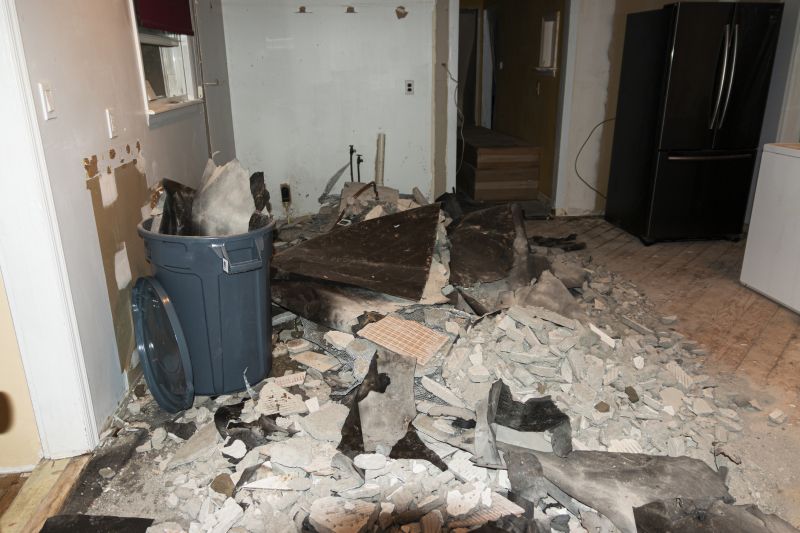
Conducted once conditions are stable to ensure quality and safety.
| Factor | Optimal Timing |
|---|---|
| Weather Conditions | Spring and fall |
| Fire Seasonality | Off-peak months |
| Accessibility | Moderate weather |
| Local Regulations | Off-peak planning |
| Property Condition | Dry, mild periods |
Fire restorations are critical for restoring safety and property value after fire damage. The process involves thorough assessment, debris removal, structural repairs, and odor elimination. Timely intervention minimizes further deterioration and helps restore property integrity efficiently.
Statistics indicate that prompt fire damage response can significantly reduce restoration costs and shorten recovery times. Proper planning around seasonal and weather considerations ensures that restoration efforts are both effective and timely.
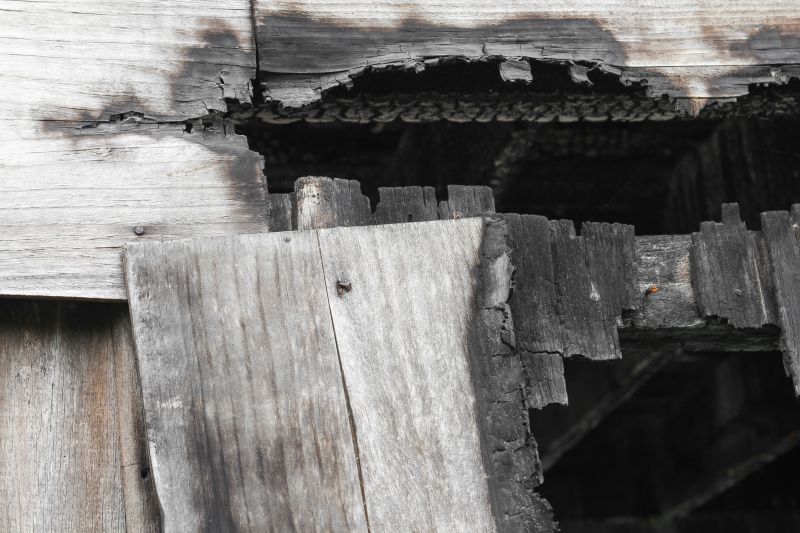
Performed during favorable weather to ensure durability.
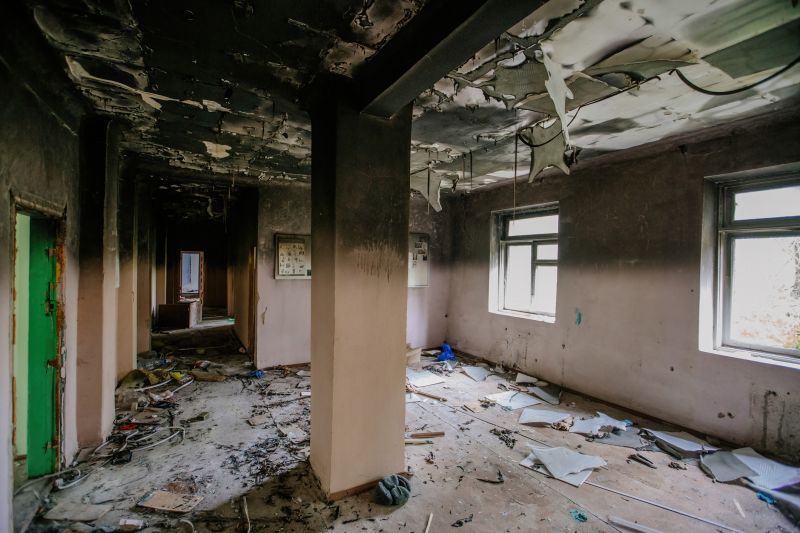
Best conducted in dry, low-humidity conditions.
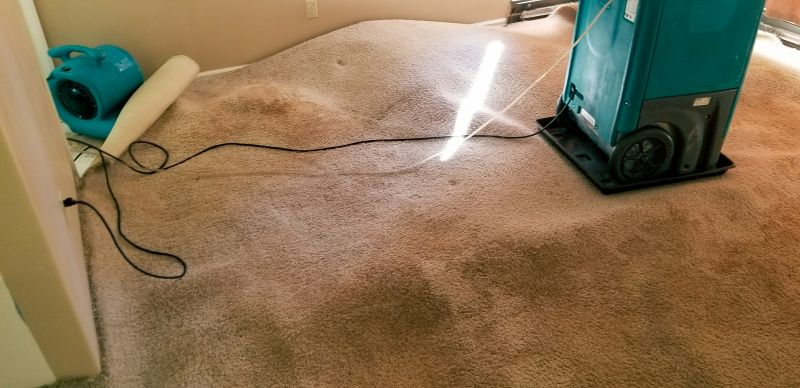
Utilizes specialized tools for efficient work during optimal seasons.
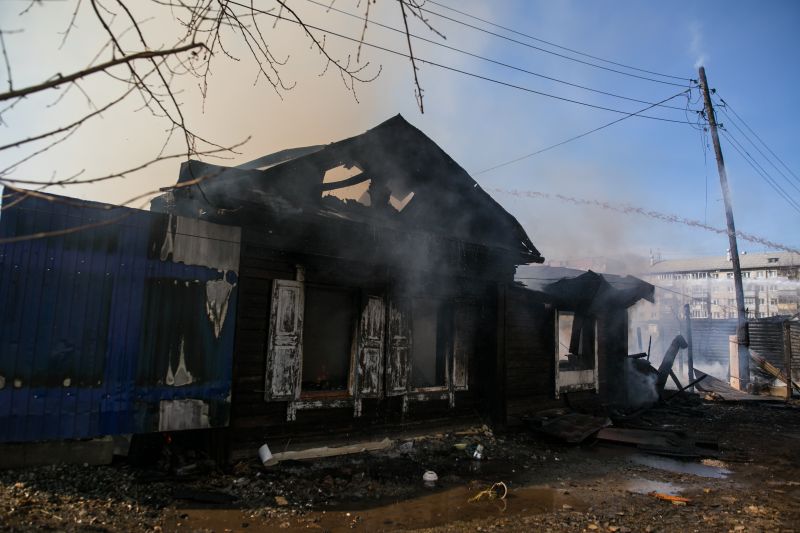
Accurate evaluation during suitable weather speeds up restoration planning.
Interested property owners in Laurel, MD, can contact professionals to discuss the best timing for fire restorations tailored to specific property conditions and local climate patterns.

